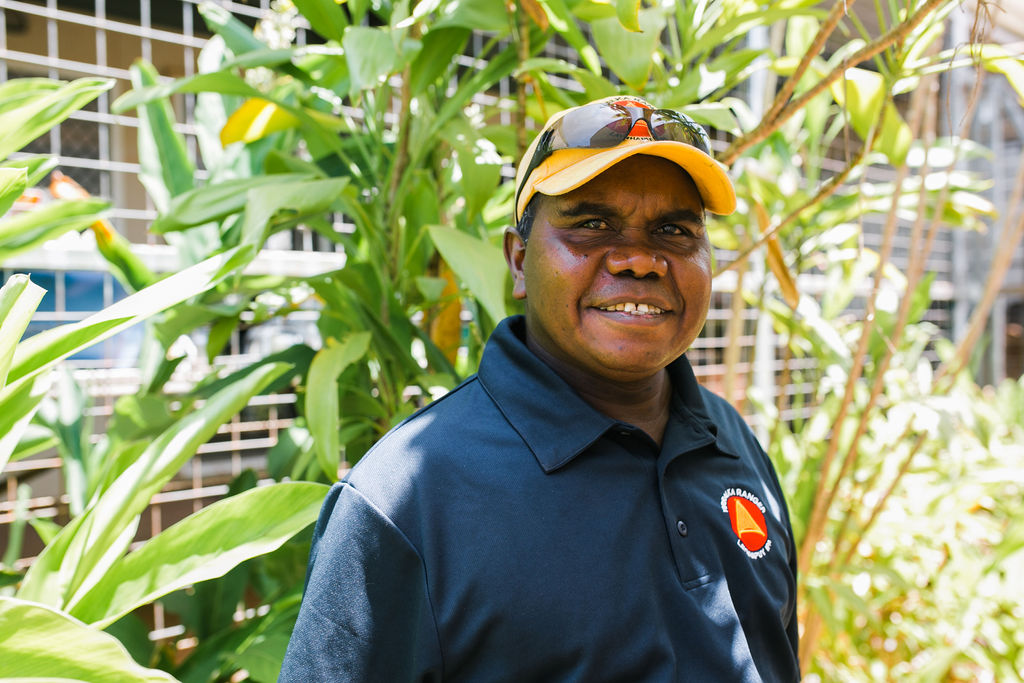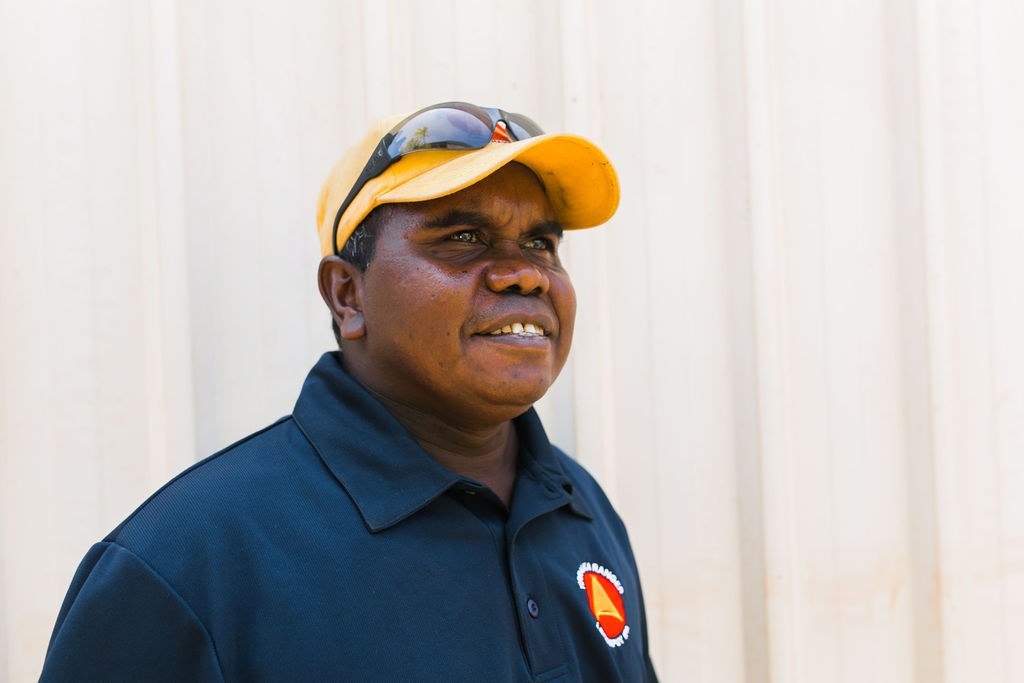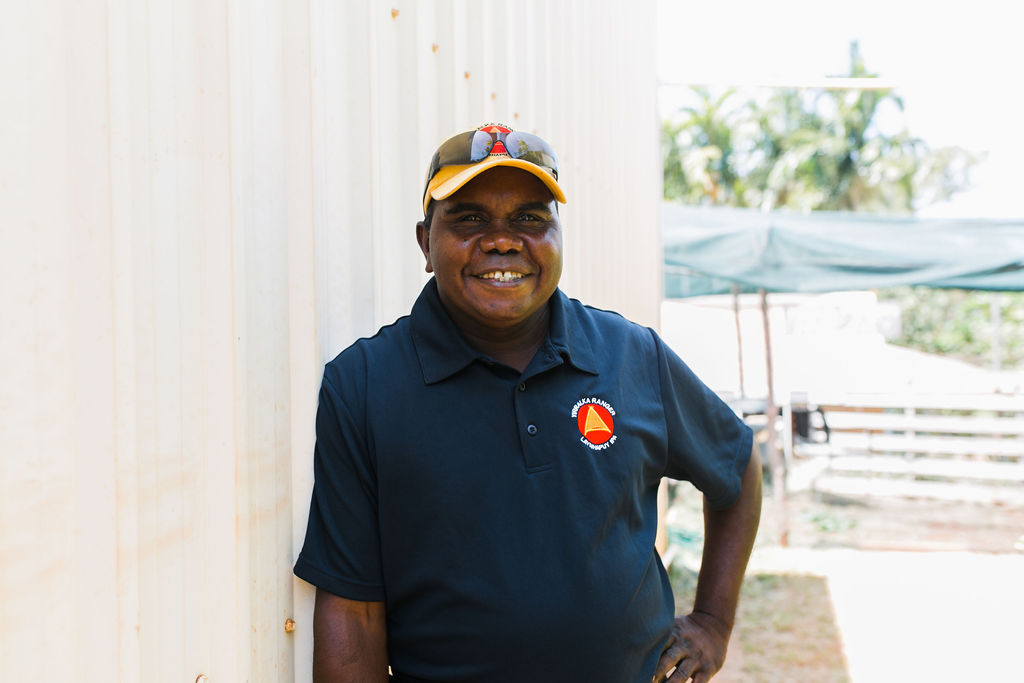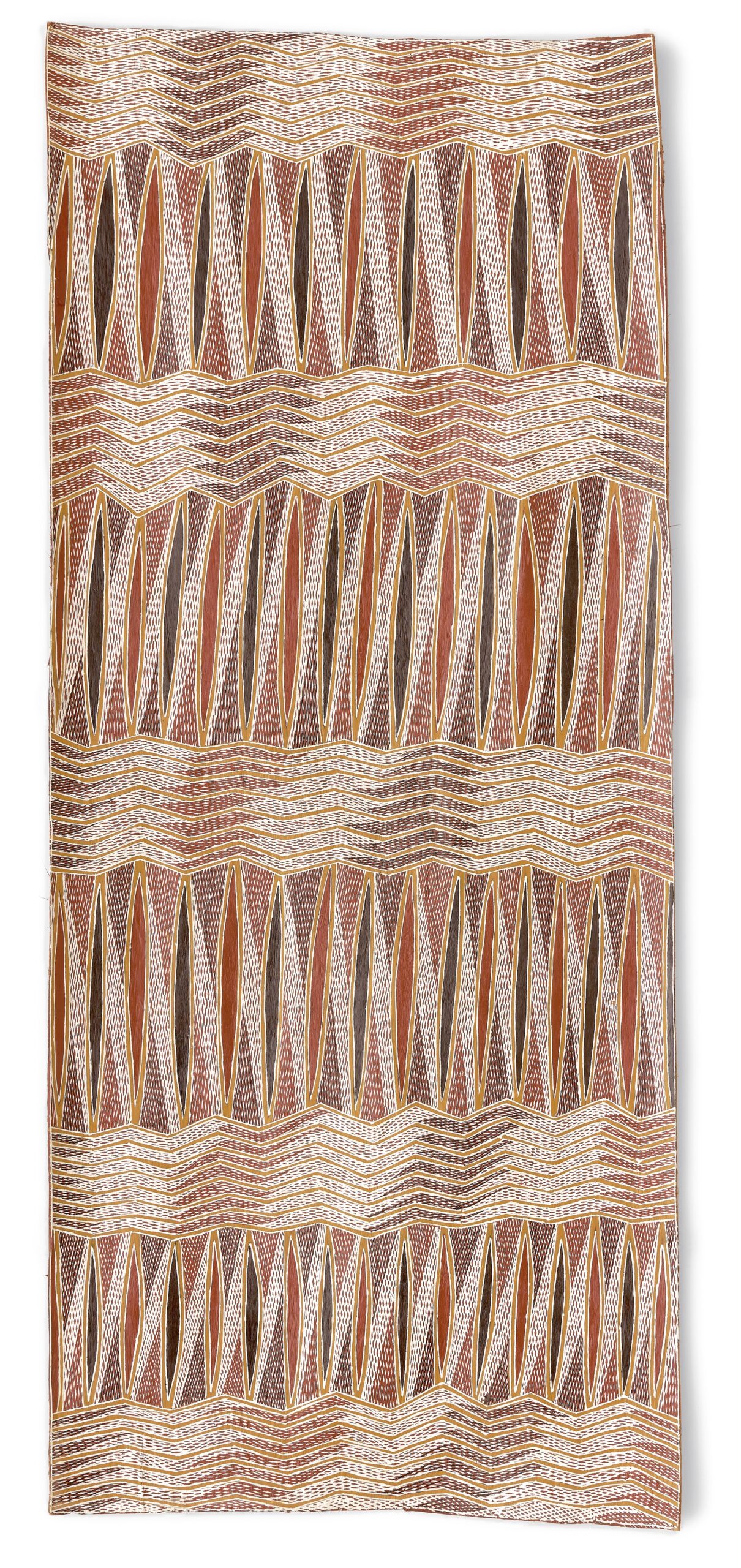
"As once our old people, our fathers’ fathers and our mothers’ fathers and our mothers’ brothers and all our kin lived with this Law and passed it on to us, so we now hold this language and this Law for ourselves, for our people. This Law and this language, this language of the Law, we speak together through this, joining together to sit in the Law and live through the Law. And it was long ago that people created all this. Since long ago, we have joined together in the Law and lived together harmoniously.
Law is all encompassing: it not only governs relationships between people but also relates to movement—where to go at particular times and when and where to burn the Country. We would communicate with one another about who was going where; we would visit one another, going to and fro. This was how we lived before, with the old people communicating with one another, all living together under one Law. We had one Law, and this meant that we grew up together. That Law nurtured us, and we saw this and practiced it continually. The work of looking after Country was
guided by Law."
– YINIMALA GUMANA
More Info
Every wet season, incoming waters flood the plains and then the mangrove-lined creeks before emptying into the sea. The fallen leaves of the mangrove trees bank up on the surface in fields of red, yellow, and black, known as motu. During the ancestral times, Burrut’tji, the Lightning Serpent, traveled underground from Baraltja to Gäṉgaṉ. The spine of the snake was laid underwater as part of the fish trap made by powerful ancestral beings. The remains of this trap create the natural conditions which concentrate the banking up of motu on the tidal creek leading out of Baraltja.
– Kluge-Ruhe Aboriginal Art Collection
Additional Information
Decade
2006
Medium
Natural pigments on eucalyptus bark
Dimensions (IN)
48 ½ x 20 ½
Dimensions (CM)
123 x 52
Credit
Hood Museum of Art, Dartmouth College. Gift of Will Owen and Harvey Wagner. 2009.92.334.
Narrative
Dhaḻwaŋu
The Dhaḻwaŋu clan belongs to the Yirritja moiety. The most important Dhaḻwaŋu songlines relate to...
Location
2000s
The 2000s saw Buku-Larrŋgay Mulka rise to be one of the most successful Indigenous arts...
About The Artist(s)
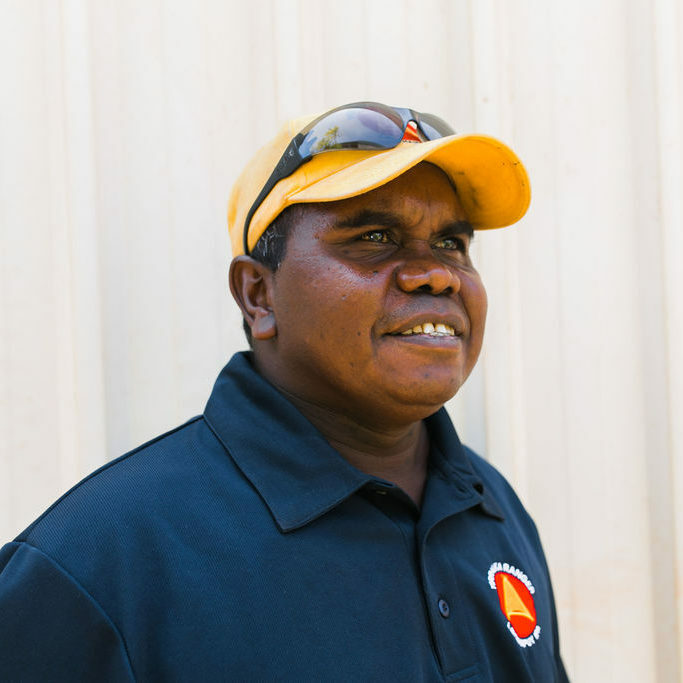
Clan
Dhaḻwaŋu
Artist Dates
Born 1982
Yinimala Gumana
Yinimala Gumana is an important young leader of the Dhaḻwaŋu clan. The son of Dhäkuwal Gumana, Yinimala was raised by his father’s brother, Gawirriṉ Gumana, after Dhäkuwal’s death. Yinimala assisted his adopted father with many of his works before emerging as an artist in his own right in 2004. In 2011 he was elected chair of Buku-Larrnggay Mulka. Since 2017, he has been one of the lead curators of Maḏayin: Eight Deacades of Aboriginal Australian Bark Painting from Yirrkala.
Collections Represented
Kluge-Ruhe Aboriginal Art Collection of the University of Virginia
Museum and Art Gallery of the Northern Territory

